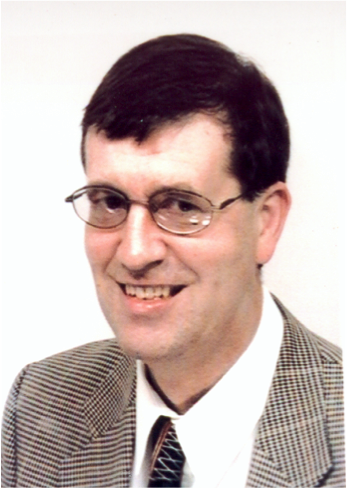
Brian Andrews (Oxford, UK)
Professor Brian Andrews is affiliated with The Nuffield Department of Surgical Sciences at Oxford University, the Cybernetics Group in the School of Systems Engineering at Reading University and the Toronto Rehabilitation Institute. He was UK trained in Cybernetics, Mathematics, Instrument Physics, Control Systems and Bioengineering at the Universities of Reading, Sheffield and Strathclyde. He has held academic and clinical positions in the UK, USA and Canada. In Canada he was awarded “Heritage Scientist” by the Alberta Heritage Foundation for Medical Research. He has a long standing interest in human movement, beginning with his PhD work in 1972 at Strathclyde University that led directly to the development of the popular VICON motion analysis system. He has contributed to the field of FES being among the first to introduce: Hybrid Systems that combine FES, orthotics and robotics for paraplegic gait including Finite State and Machine Learning control; Multi-element FSR shoe insoles, MEMs sensors accelerometers and rate gyroscopes for real-time gait event detection and state variable; virtual sensing of state variables for real time control; computer simulation of selective blockade in peripheral nerves; the Bladder Button and neuro-modulation to increase the capacity of the neurogenic bladder. More recently, he developed FES rowing to provide a unique level of intensity for cardio-vascular workout and loading patterns to maintain bone health in paraplegia. He is presently developing the next generation FES system that will closer match the biomechanics and performance of normal rowing on ergometers and in racing sculls – based on prototypes demonstrated at major international rowing events.
FES Rowing after SCI
Brian Andrews and Robin Gibbons
Nuffield Department of Surgical Sciences, Oxford University and the Centre for Sports Medicine and Human Performance, Brunel University
Many therapeutic benefits have been reasonably associated with physical activity ranging from risk reduction for a range of diseases to psychosocial improvements. Approximately 66% of SCI are overweight or obese with disordered lip profiles. There is an urgent need to develop exercise technology and to optimizing community based delivery programs, as well as reducing costs and barriers, to involve more people with SCI. Recent reviews of delivery programs has established that individuals with SCI spend less of their free time in physical exercise than the general population. Furthermore, it appears that peer involvement is an important factor in the delivery, as is better access to suitable equipment. It is therefore important to develop better cost effective exercise modalities and delivery systems that offer multiple therapeutic benefits without requiring excessive time commitments.
Here we highlight FES Rowing, focussing on the prevention of cardiovascular disease and osteoporosis – two significant secondary conditions in SCI that can reduced life expectancy and increase morbidity due to low trauma fractures. It appears that there is a dose-response relating exercise intensity and volume to the benefits conferred. The American College of Sports Medicine (ACSM) have issued evidence based recommendations to prevent CVD. Unfortunately, there are no such recommendations for osteoporosis in SCI, however, recent research suggests that cyclical loading can significantly reduce bone mineral loss, specifically, peak loads in excess of 1.5× body weight (BW) applied around 30 cycles/min and totalling over 7200 loadings per month. Although these recommendations are still the subject of research, in the meantime they provide a quantitative basis to develop and compare different candidate exercise modalities.
Results for a regime of two 30 min FES Rowing sessions per week FES are presented that can exceed the minimum ACSM recommendations whilst simultaneously exceeding the mechanical loading required to prevent bone mineral loss. We also summarize a three year experience of running a “centre” model of delivery in which our rowers travelled for periods up to 10 times longer than the time actually spent on the rower – this travelling time was a major barrier. We present our experience with this program which had too low an impact on the local SCI community and was financially unsustainable. We also present preliminary results for a new home-based FES rowing system and delivery approach.
We continue to develop new technology for competitive rowing on land and water. Although our FES Rowing has featured in major rowing events there remain significant and obvious differences with normal rowing. Here we describe a new variant of our FES rowing system that reduces one very obvious and significant difference – that due to the fixed inclination of the trunk, which reduces stroke length.

